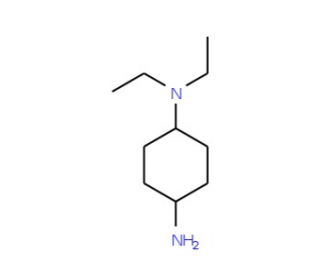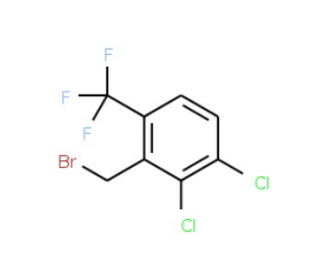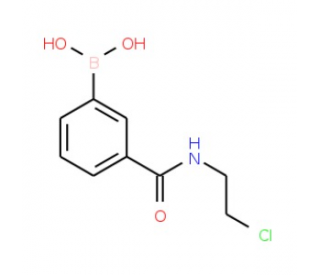详细说明
Purity
>95%, by SDS-PAGE visualized with Silver Staining and quantitative densitometry by Coomassie® Blue Staining
Endotoxin Level
<0.10 EU per 1 μg of the protein by the LAL method.
Activity
Measured by its ability to inhibit APRIL-mediated proliferation of anti-IgM stimulated mouse B cells. Moore, P.A. et al. (1999) Science 285:260; Gross, J.A. et al. (2000) Nature 404:995; Schneider, P. et al. (1999) J. Exp. Med. 189:1747. The ED 50 for this effect is 0.01-0.04 µg/mL in the presence of 100 ng/mL of rhAPRIL.
Source
Mouse myeloma cell line, NS0-derived
Human BCMA
(Met1-Ala54)
Accession # Q6PE46IEGRMD Human IgG1
(Pro100-Lys330)N-terminus C-terminus Accession #
N-terminal Sequence
AnalysisMet1
Structure / Form
Disulfide-linked homodimer
Predicted Molecular Mass
32 kDa (monomer)
SDS-PAGE
35-45 kDa, reducing conditions
193-BC |
| |
Formulation Lyophilized from a 0.2 μm filtered solution in PBS. | ||
Reconstitution Reconstitute at 100 μg/mL in sterile PBS. | ||
Shipping The product is shipped at ambient temperature. Upon receipt, store it immediately at the temperature recommended below. | ||
Stability & Storage: Use a manual defrost freezer and avoid repeated freeze-thaw cycles.
|
Background: BCMA/TNFRSF17
BCMA, B cell maturation antigen, is a member of the TNF receptor superfamily. It has been designated TNFRSF17. BCMA is a type III membrane protein containing one extracellular cysteine rich domain. Within the TNFRSF, it shares the highest homology with TACI. BCMA and TACI have both been shown to bind to APRIL and BAFF, members of the TNF ligand superfamily. BCMA expression has been found in immune organs and mature B cell lines. Although some expression has been observed at the cell surface, BCMA appears to be localized to the Golgi compartment. The binding of BCMA to APRIL or BAFF has been shown to stimulate IgM production in peripheral blood B cells and increase the survival of cultured B cells. This data suggests that BCMA may play an important role in B cell development, function and regulation. Human BCMA is a 184 amino acid (aa) protein consisting of a 54 aa extracellular domain, a 23 aa transmembrane domain, and a 107 aa intracellular domain. Mouse and human BCMA share 62% amino acid identity.
References:
Madry, C. et al. (1998) Int. Immunol. 10:1693.
Gras, M. et al. (1995) Int. Immunol. 7:1093.
Kwon, B. et al. (1999) Curr. Opin. Immunol. 11:340.
Marsters, S. et al. (2000) Curr. Biol. 10:785.
Thompson, J. et al. (2000) J. Exp. Med. 192:129.
Long Name:
B Cell Maturation Factor
Entrez Gene IDs:
608 (Human); 21935 (Mouse); 287034 (Rat); 102145399 (Cynomolgus Monkey)
Alternate Names:
B cell maturation antigen; B-cell maturation protein; BCMA; BCMAtumor necrosis factor receptor superfamily member 17; BCMB-cell maturation factor; CD269 antigen; CD269; TNFRSF17; tumor necrosis factor receptor superfamily, member 17










 粤公网安备44196802000105号
粤公网安备44196802000105号